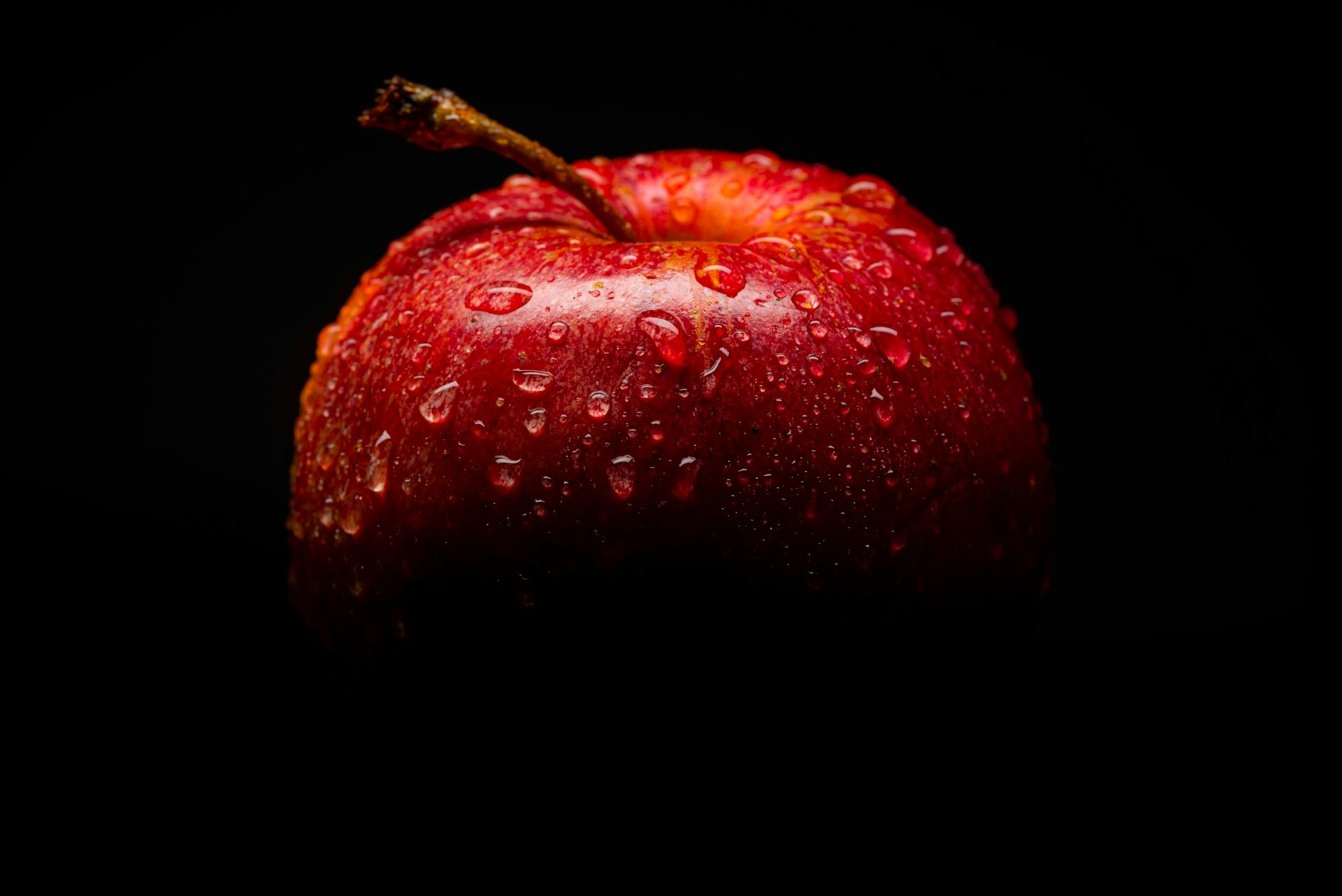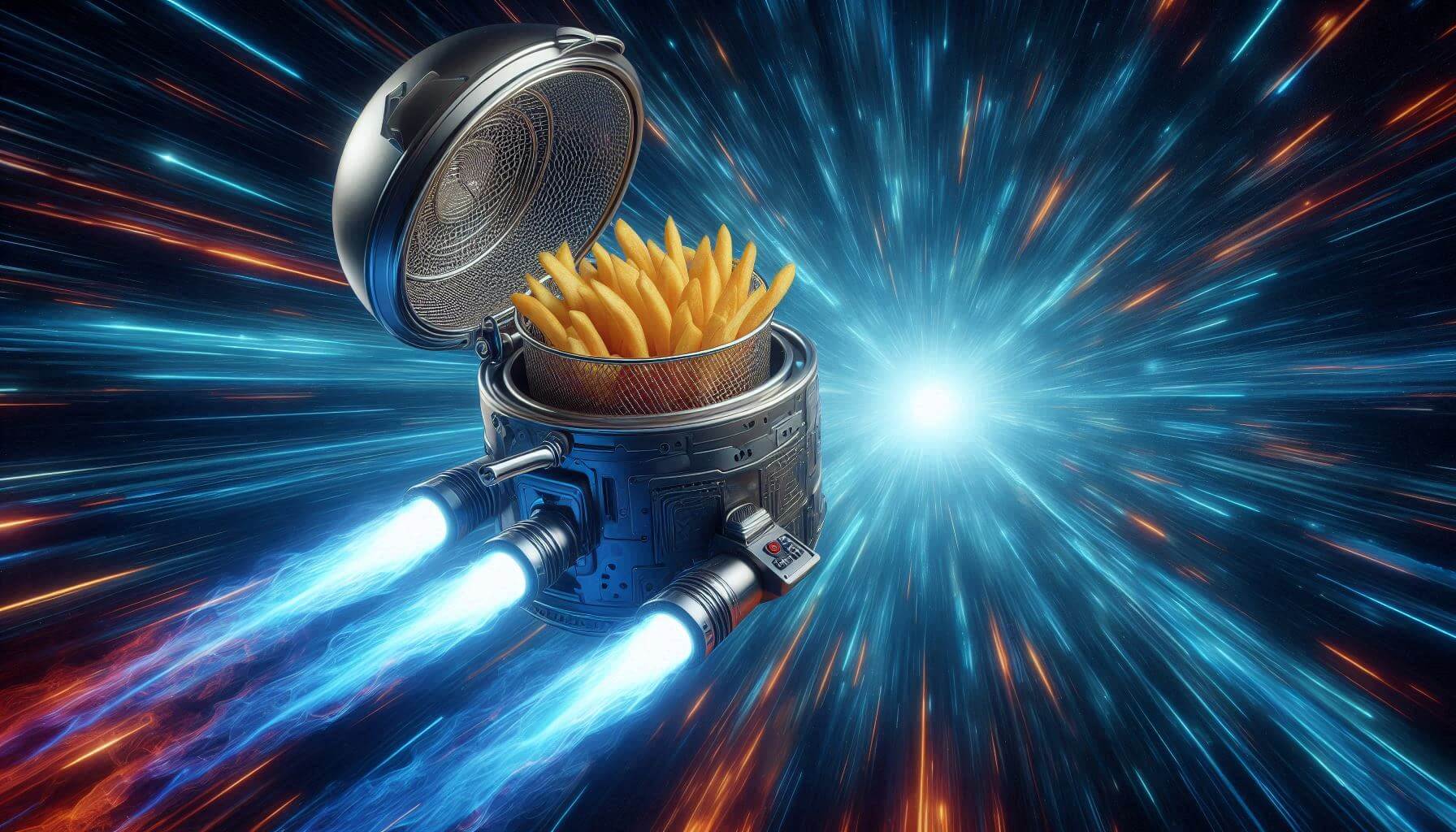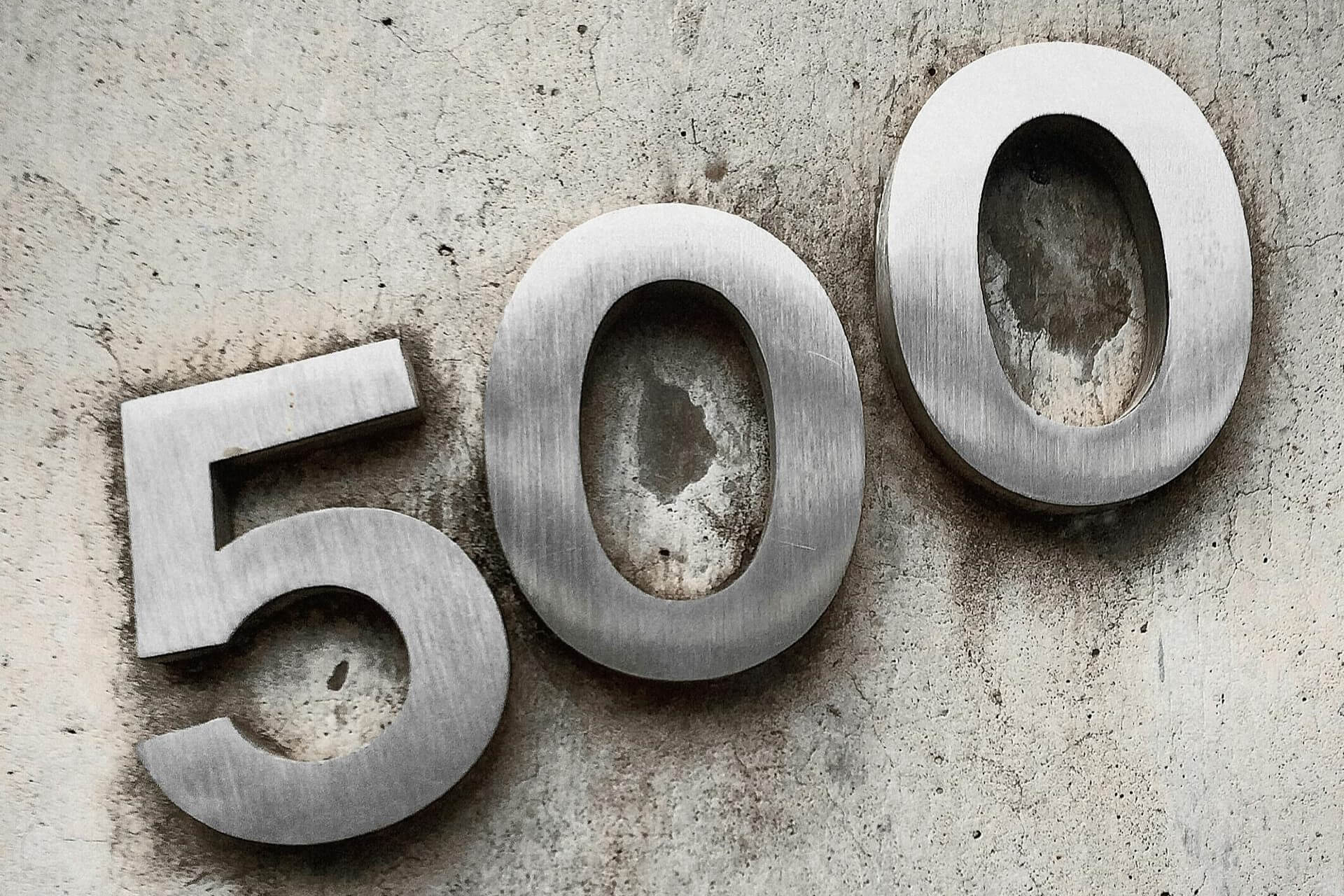‘Tis the Season to get ‘Jacked
by David Klemt

Not an AI-generated image!
We celebrate bourbon, “America’s native spirit,” in September. But did you know that there’s another American spirit we celebrate in October?
Known by some as “America’s first moonshine,” applejack is just as important to US history as bourbon. In fact, it’s believed it predates bourbon by a century.
There’s no doubt that alcohol has played a significant cultural role throughout American history. Of course, having a tipple or two still plays a vital role in US culture. Why else would neighborhood, sports, and cocktail bars be so prevalent?
If alcohol weren’t a cultural cornerstone, there wouldn’t have been a cocktail revival from 2000 to 2017. That’s to say nothing of Prohibition and its impact on not just the US but Canada, Mexico, and the Caribbean.
Whiskey reigns supreme when we’re talking about American spirits. In particular, bourbon grabs the headlines.
But long before bourbon snatched the America’s Spirit title, applejack was being produced in what we now call the state of New Jersey. At one point, applejack was even called Jersey Lightning.
Speaking of lightning, that speaks to the origins of applejack. White lightning, white dog, white whiskey… Each of these is evocative of moonshine. And while that term may conjure up illegal alcohol production, the word originally meant homemade booze.
That’s precisely what applejack was when it was first crafted during the American colonial era. Like I said, alcohol is ingrained in American culture.
Moonshine, and Brandy, and Whiskey, Oh, My!
According to Lisa Laird Dunn, the president and global ambassador of Laird & Company, the oldest producer of applejack, the original native spirit was an American staple.
Dunn represents the ninth generation of the Laird family to lead the eponymous distillery. Alexander Laird, her ancestor, left Scotland in the 1690s, arriving in Jersey. Per the current president of Laird & Company, the belief is that Alexander was involved in some way in Scotch production.
Therefore, Alexander turning to distillation in his new home would make sense. And what would make even more sense is to focus production on an abundant American crop. At that time, that meant apples.
So, what’s applejack? First, let’s get some technicalities out of the way. Applejack is a fruit brandy. In particular, it’s an apple brandy.
As reported by Chilled Magazine, Dunn has explained that the terms “applejack” and “apple brandy” are interchangeable. However, there is a technical difference between applejack and blended applejack.
The former, just like apple brandy, can only be labeled as such if it has been created solely from apples. As in, 100 percent made from apples. In contrast, the latter is a blend between applejack and a neutral grain spirit.
One more technicality: applejack is not, as many believe incorrectly, a whiskey. It’s possible that misconceptions surrounding moonshine and the term “lightning” may lead some people to think “Jersey Lightning, white lightning, moonshine… Applejack is moonshine. Moonshine is whiskey. Applejack is whiskey.”
Jack It
Have you been wondering where the “-jack” in “applejack” comes into play?
Well, wonder no more; it’s a nod to the production method of this centuries-old spirit.
Simply put, jacking is freeze fermentation. In short, fermented cider (a.k.a. hard cider) is frozen, ice is removed, and the alcohol content increases.
An alternate method is to fill a cask with fermented cider, begin the freezing process, tap the cask, and pour off the liquid. Jacking results in low-ABV juice reaching an ABV of 40 percent or more. In that way, applejack is normally much more powerful than hard apple cider. So, plan accordingly if you’re going to enjoy one.
Essentially, “applejack” is a portmanteau of “apple brandy” and “jacking.”
How to Enjoy Applejack
As we head into fall, it makes sense to celebrate Applejack, and get this spirit onto guests’ radar.
A pure applejack like Laird & Company’s is fantastic neat or on the rocks. Just bear in mind that ABV; ensure you and your team are serving it responsibly. Again, this isn’t hard apple cider—it’s much stronger.
If you and your bar team want to make Toddies and cocktails, a blended applejack will do, although I prefer Laird’s for a cocktail.
Likely the most-famous applejack cocktail is the Jack Rose. To make this drink combine one-and-a-half ounces of applejack, three-quarters of an ounce of fresh-squeezed lemon or lime juice, and a half-ounce of grenadine in a shaker with ice. Shake well, then strain into a coupe or Martini glass, and garnish with a lemon twist.
Applejack can also replace other base spirits. Take, for instance, the Applejack Old Fashioned. Start with two ounces of applejack, and either a half-ounce of maple syrup or a quarter-ounce of simple syrup. Add these to a mixing glass, along with two dashes of Angostura bitters, two dashes of orange bitters, and ice. Stir, strain into a rocks glass over fresh ice (a large cube or sphere is a nice touch), then express an orange peel, and use it as garnish.
You and your team have an entire month to celebrate applejack with guests. Get creative with an LTO menu, and create a signature seasonal sip all your own.
Image: Juan C. Palacios on Pexels

Book Below to Setup a 30-Minute Complimentary Discovery Call and Request for Proposal.










